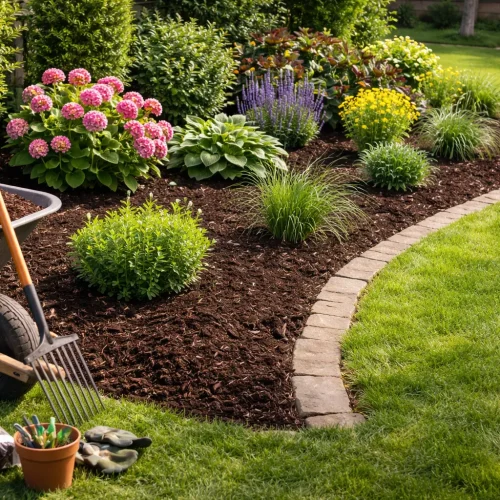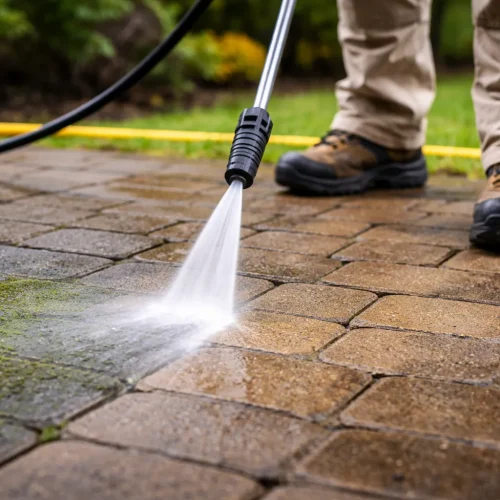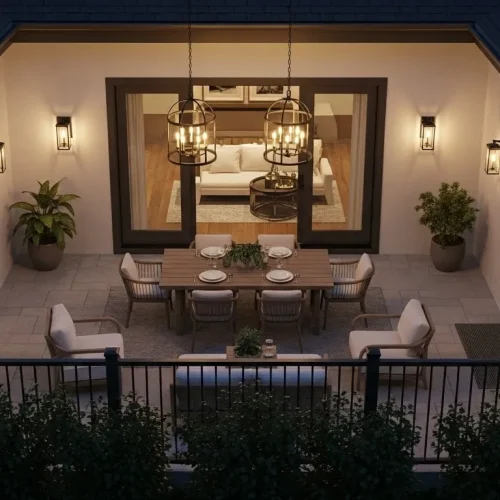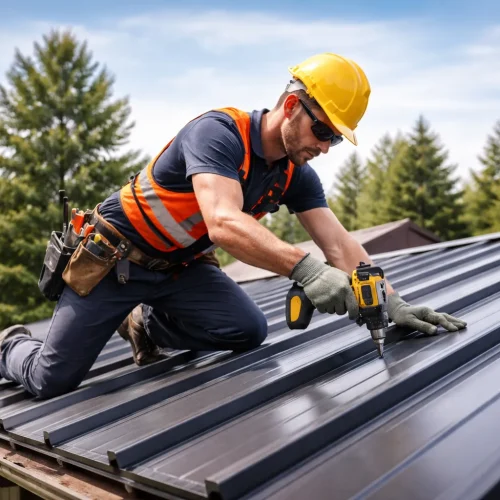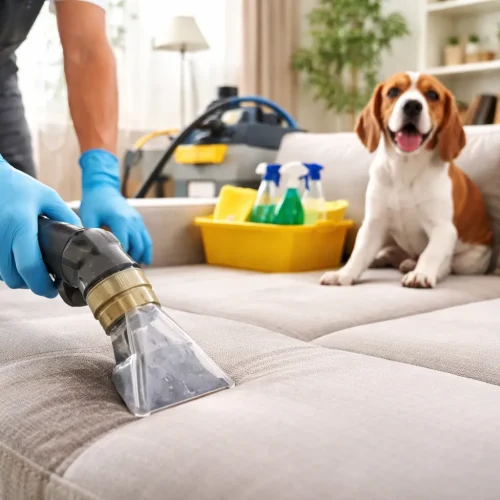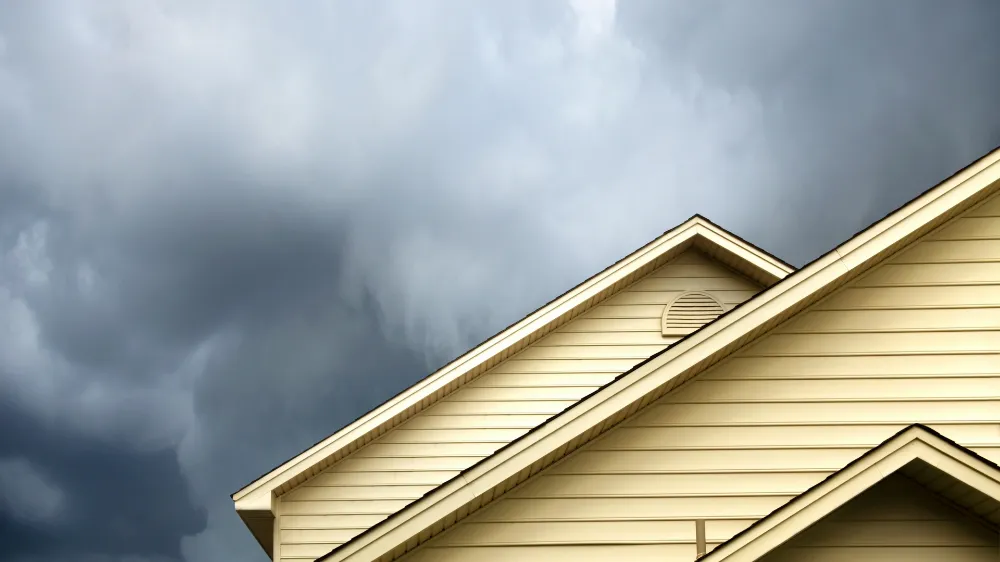
Your home’s exterior isn’t just a facade; it’s the first line of defense against nature’s relentless assaults. From pounding rain to scorching sun, each weather element quietly chips away at your siding, compromising both its appearance and structural integrity.
Understanding how different climates impact siding isn’t just about aesthetics; it’s about protecting your property, maintaining comfort, and avoiding costly repairs. Ignoring these effects can turn minor issues into major expenses, but with the right knowledge and preventive care, homeowners can stay one step ahead of the elements.
Best Siding for Different Climates
Selecting appropriate siding material for your specific climate isn’t just intelligent planning, it’s absolutely essential for long-term performance. What performs beautifully in Arizona completely fails in Maine. And the reverse holds equally true.
Every region presents unique challenges for siding. Clark County, WA, nestled in the Pacific Northwest with its lush landscapes and proximity to both the Columbia River and the Cascade Mountains, experiences a wide range of weather conditions throughout the year. From heavy rainfall in the winter to occasional summer heatwaves, these fluctuations can take a toll on home exteriors, especially siding. Moisture can lead to warping, rot, or mold growth, while intense sun exposure may cause fading and cracking over time.
Partnering with siding contractors around Clark County, WA ensures you get expert guidance on durable solutions designed to withstand the specific weather patterns of your area, keeping your home protected year-round. These professionals can also help you choose siding materials that balance aesthetics, durability, and energy efficiency. With the right installation and maintenance plan, your siding can remain resilient and beautiful for decades.
Wet Climate Champions
Fiber cement dominates rainy territories because rot, warping, and moisture-related failures simply can’t touch it. When properly installed with correct flashing and drainage planes, it’s virtually bulletproof against water damage. Vinyl siding delivers solid performance in wet conditions too, since its non-porous surface doesn’t absorb water like wood-based products inevitably do.
Thermally modified wood presents an intriguing option if you want wood’s natural beauty with significantly improved weather resistance. Depending on species, it’s rated for 15-25 years of rot resistance, which makes it genuinely viable for moisture-heavy areas. Metal siding offers maximum protection against water intrusion, though managing condensation becomes your critical concern.
Cold Weather Winners
Insulated vinyl siding handles brutal freeze-thaw cycles more successfully than standard vinyl because foam backing reduces thermal stress considerably. Fiber cement demonstrates its versatility again here, maintaining structural integrity through savage winters without cracking or splitting apart. Wood siding can absolutely work in cold climates when properly sealed and maintained, though it demands considerably more attention than synthetic alternatives.
The best siding for different climates ultimately depends on matching material characteristics with your precise weather patterns. If you’re in a variable climate zone, you need all-weather performers like fiber cement that shrug off everything from brutal summer heat to harsh winter freezes.
Protecting Home Siding from Weather
Prevention beats repair every single time. Taking a proactive stance on protecting home siding from weather saves you thousands in replacement costs while preserving your home’s structural soundness.
Year-Round Defense Strategies
Begin with proper drainage systems, gutters, downspouts, and grading that channels water away from your foundation and siding. Install splash blocks where downspouts terminate and seriously consider French drains in problematic areas. Inspect caulking and sealant twice yearly, making immediate repairs when gaps show up.
Vegetation management matters far more than you probably realize. Tree branches scraping against siding during storms create scratches that become water entry points. Shrubs planted too close trap moisture directly against your walls, establishing perfect conditions for rot and mold growth. Keep at least 12-18 inches of clearance between vegetation and siding surfaces.
When to Call for Professional Help
Some maintenance tasks you can tackle yourself, but certain situations absolutely demand professional expertise. Seeing interior water stains? Detecting musty odors behind walls? Noticing widespread cracking? Time for a professional assessment. Safety concerns around ladder work on multi-story homes also warrant bringing in the pros.
Professional inspections catch problems your untrained eye would completely miss. They arrive with moisture meters, thermal cameras, and years of experience spotting early warning signs that homeowners overlook until damage becomes catastrophic.
Siding Maintenance Tips
Consistent maintenance extends siding life by literal decades. The encouraging news? Most siding maintenance tips involve straightforward tasks you can handle yourself with basic tools and one free Saturday.
Seasonal Inspection Routine
Spring demands thorough post-winter inspection for damage from ice accumulation, snow loads, and freeze-thaw action. Look for cracks, loose panels, and compromised caulking lines.
Summer represents your opportunity to inspect for UV damage, fading, brittleness, or warping on sun-exposed walls. Fall preparation includes cleaning gutters thoroughly, checking drainage systems, and ensuring everything’s properly sealed before winter weather arrives.
Walk your home’s complete perimeter quarterly, actually examining your siding instead of just glancing casually. Use binoculars for upper sections if ladder work makes you uncomfortable. Take photos to document conditions over time, subtle changes become glaringly obvious when comparing images from six months earlier.
Spotting Trouble Before It Spreads
Visual warning signs include wavy or buckled panels, color changes indicating moisture presence, gaps at seams or around window frames, and powdery surface texture. Don’t ignore sounds either, panels rattling during wind suggest loose fasteners needing immediate attention. Your sense of touch tells stories too; soft spots in wood siding scream rot, while vinyl that’s lost flexibility warns of UV degradation.
Interior clues carry equal importance. Rising energy bills, cold spots along exterior walls, and peeling interior paint near windows all indicate siding or installation failures allowing weather to penetrate your home’s protective envelope.
Protecting Your Investment for Years Ahead
The weather impact on siding never takes a break, but armed with solid knowledge and a maintenance plan, you’re positioned to defend your home effectively. Regular inspections catch problems early when they’re inexpensive to fix.
Choosing climate-appropriate materials sets you up for long-term success from day one. Smart maintenance routines extend siding life well beyond manufacturer minimums, protecting both your home’s structure and its market value. Start your inspection this weekend. Your home’s counting on you, and your wallet will definitely thank you down the road.
Common Questions About Weather and Siding
Quality fiber cement delivers 50+ years of service, vinyl typically runs 20-40 years, and wood siding survives 20-30 years with proper maintenance. Climate severity and upkeep practices directly impact these ranges, with neglected siding failing decades early regardless of original material quality.
Complete prevention isn’t realistic, but you can minimize damage dramatically. Proper installation, regular maintenance, appropriate material selection for your climate, and prompt repairs when issues surface reduce weather damage by 70-80% compared with neglected homes in identical conditions.
Fiber cement wins for comprehensive weather resistance, successfully handling moisture, UV exposure, temperature extremes, and impact without breaking down. Metal siding runs close behind for durability but requires meticulous installation to prevent thermal bridging and condensation problems in certain climates.




